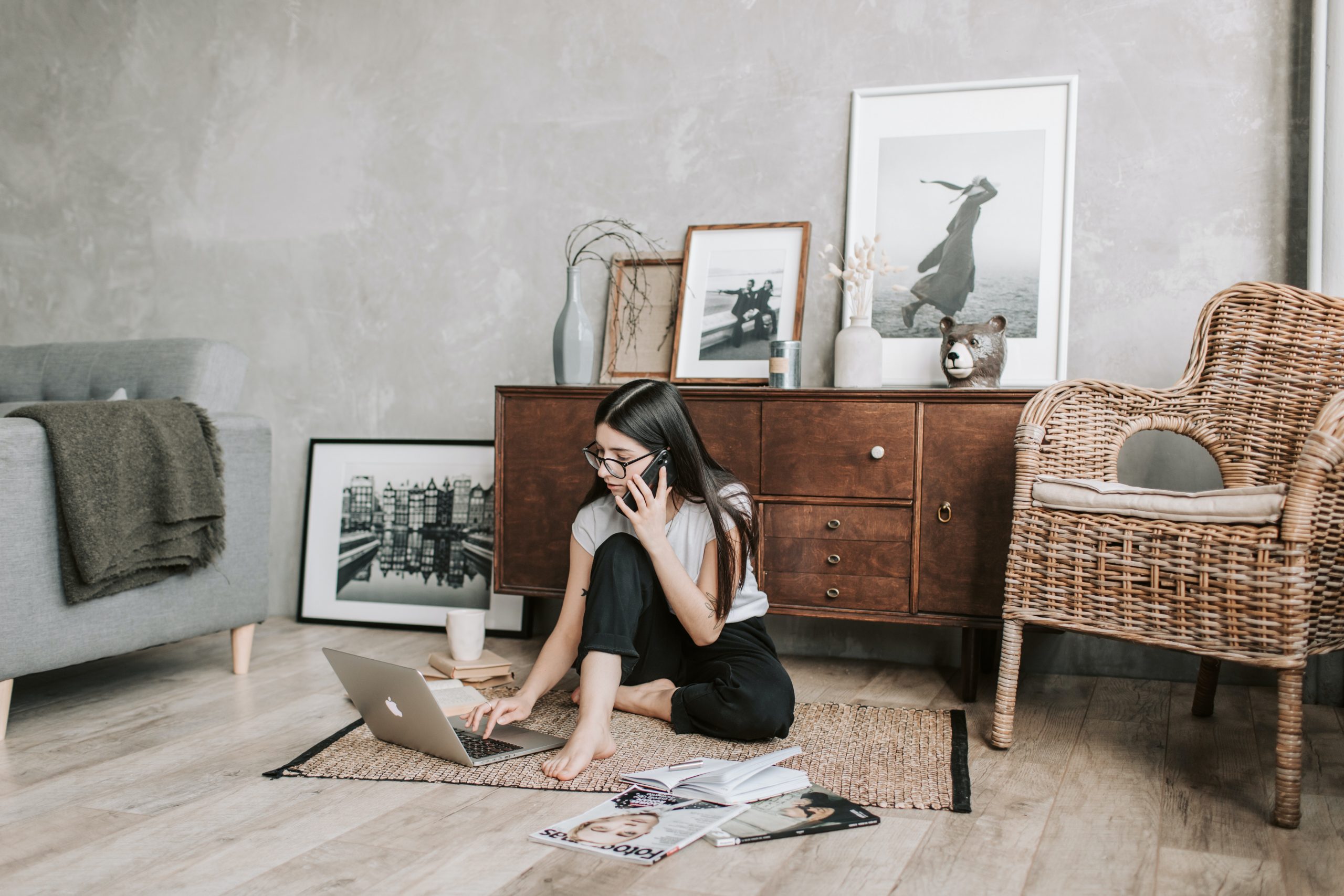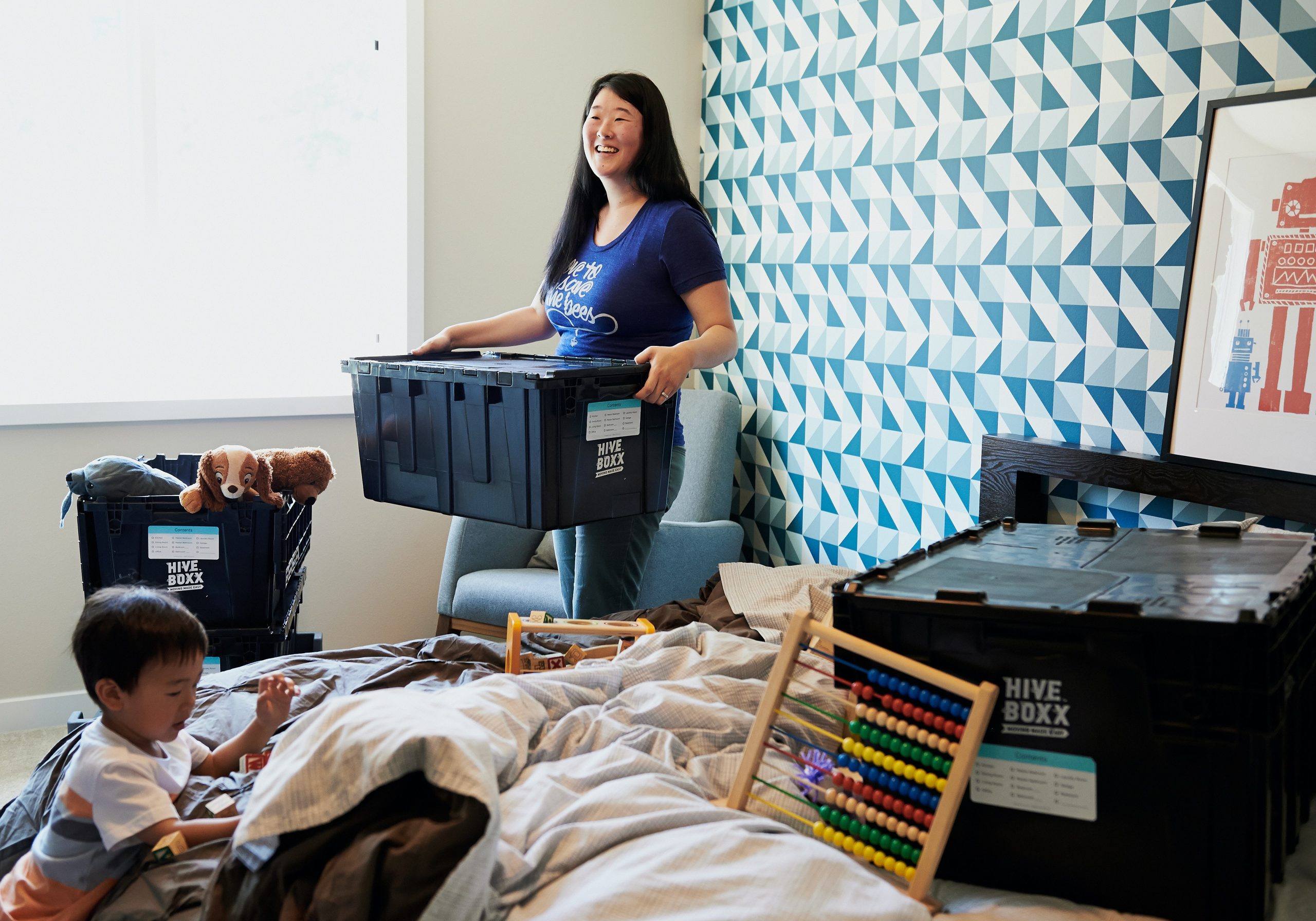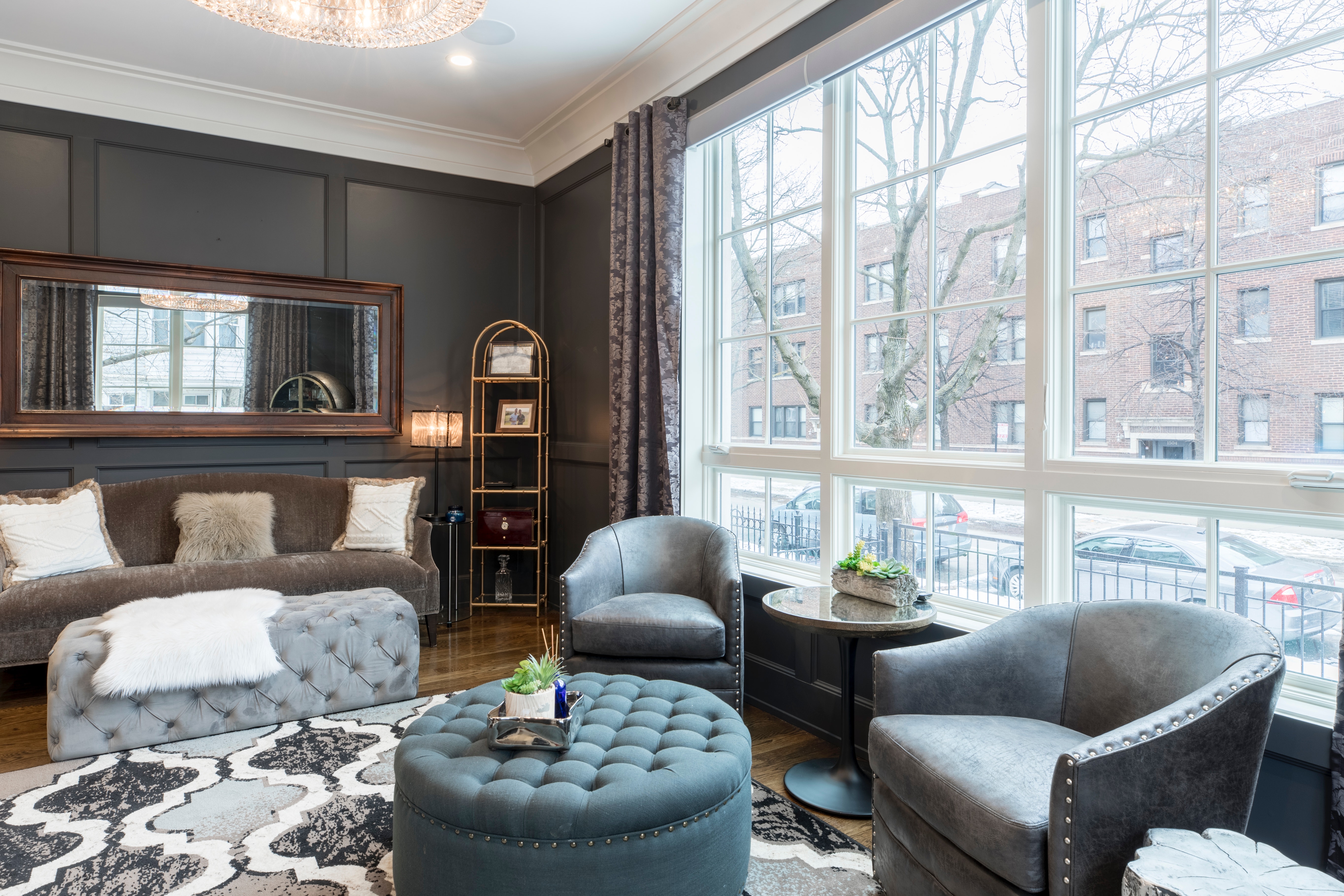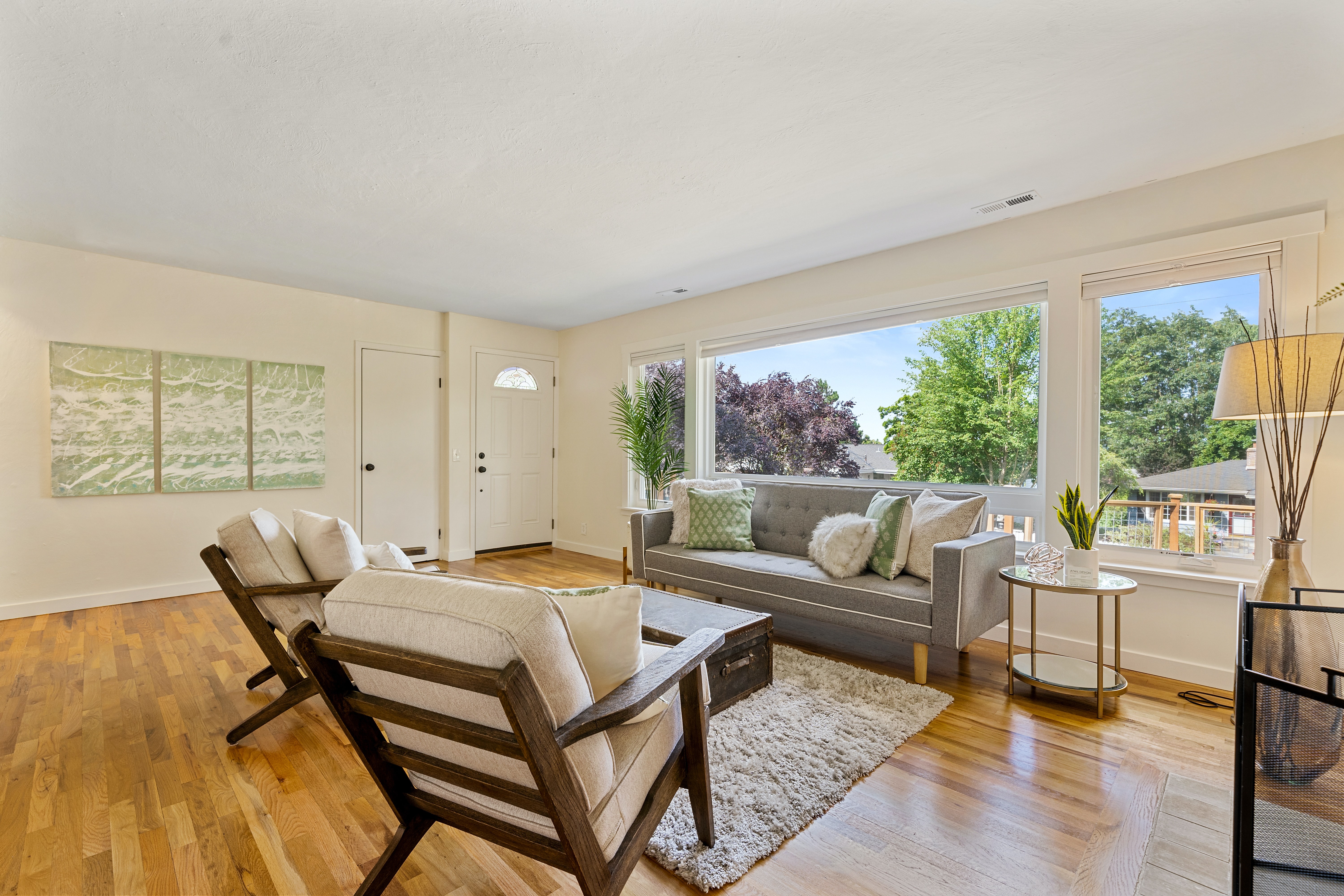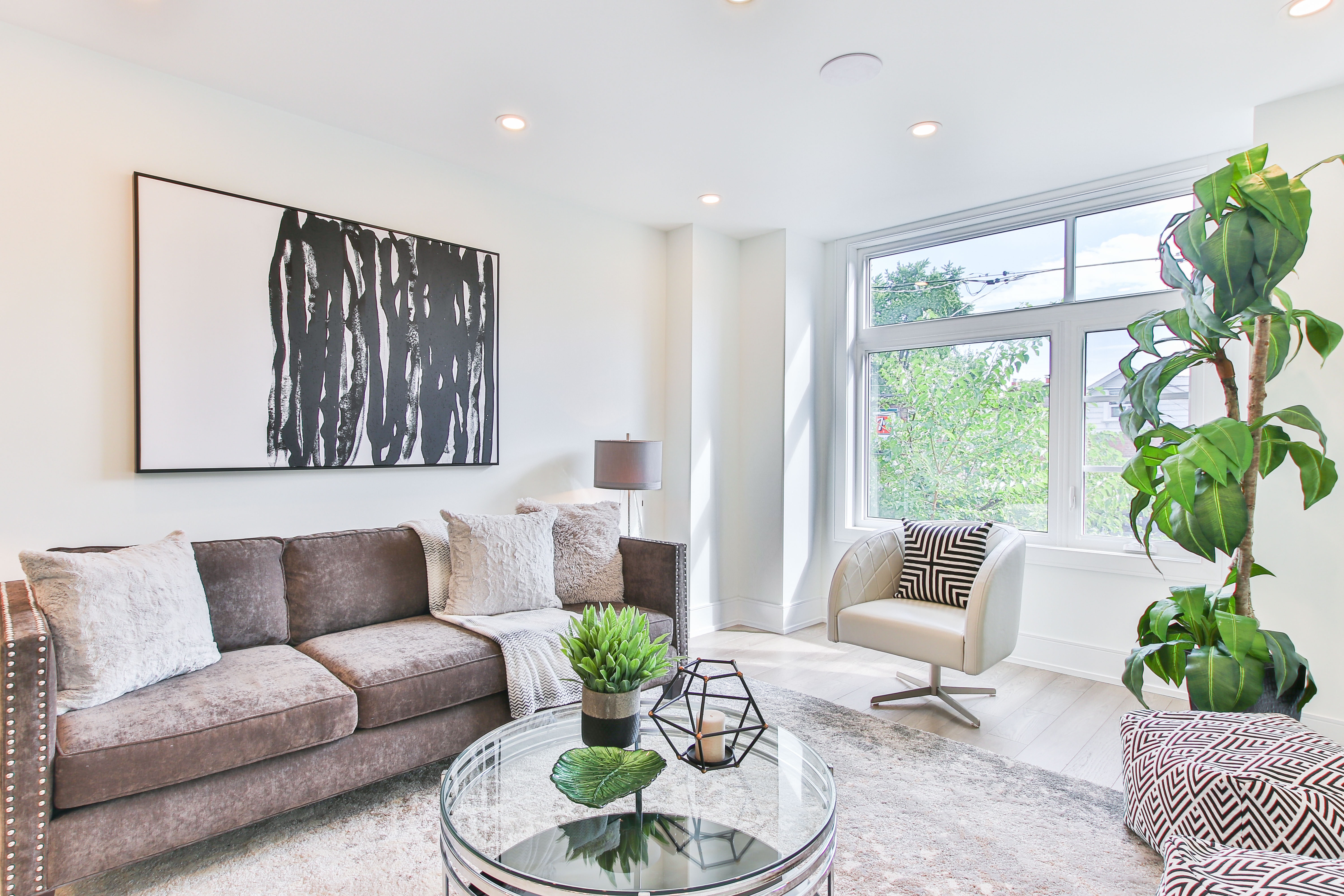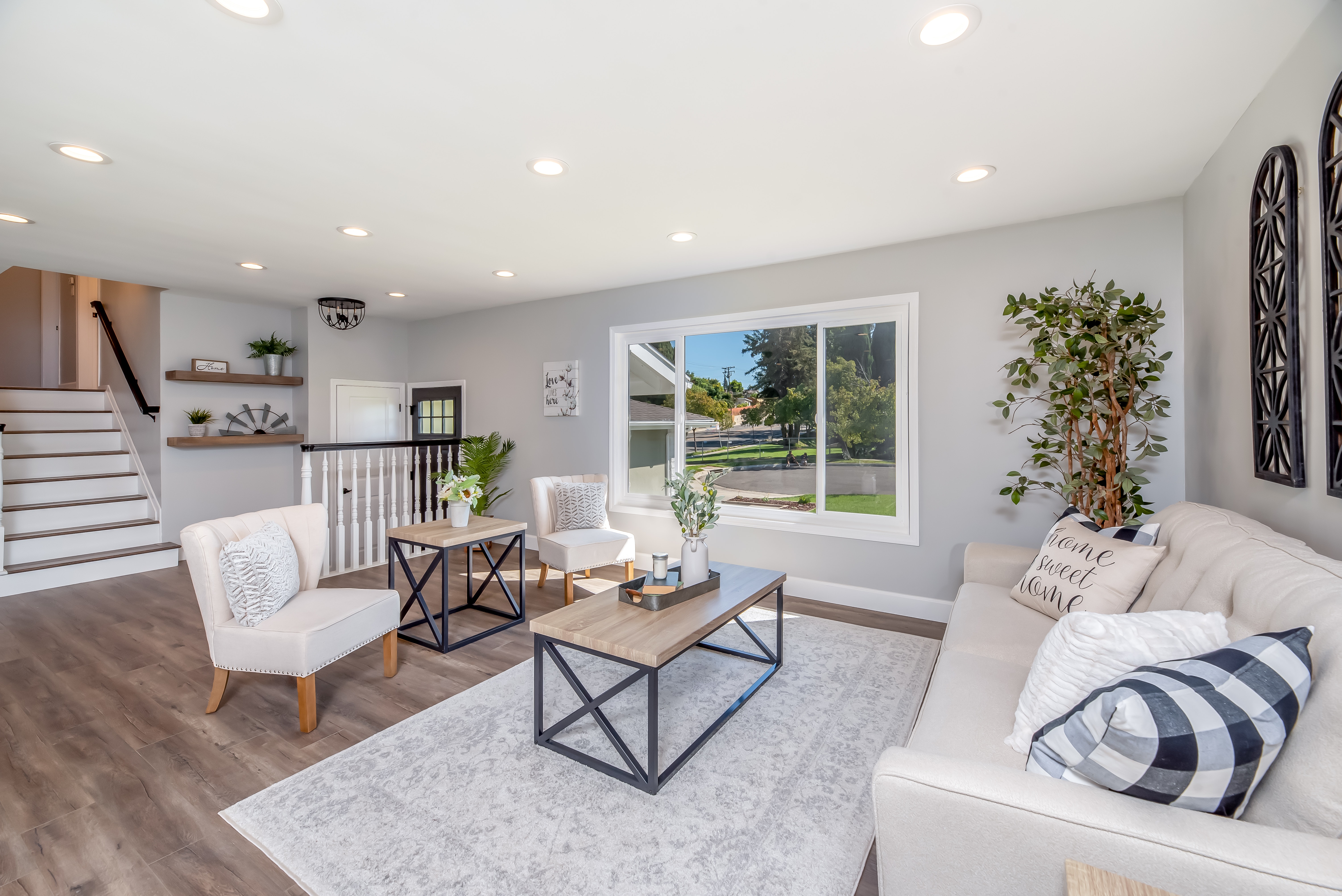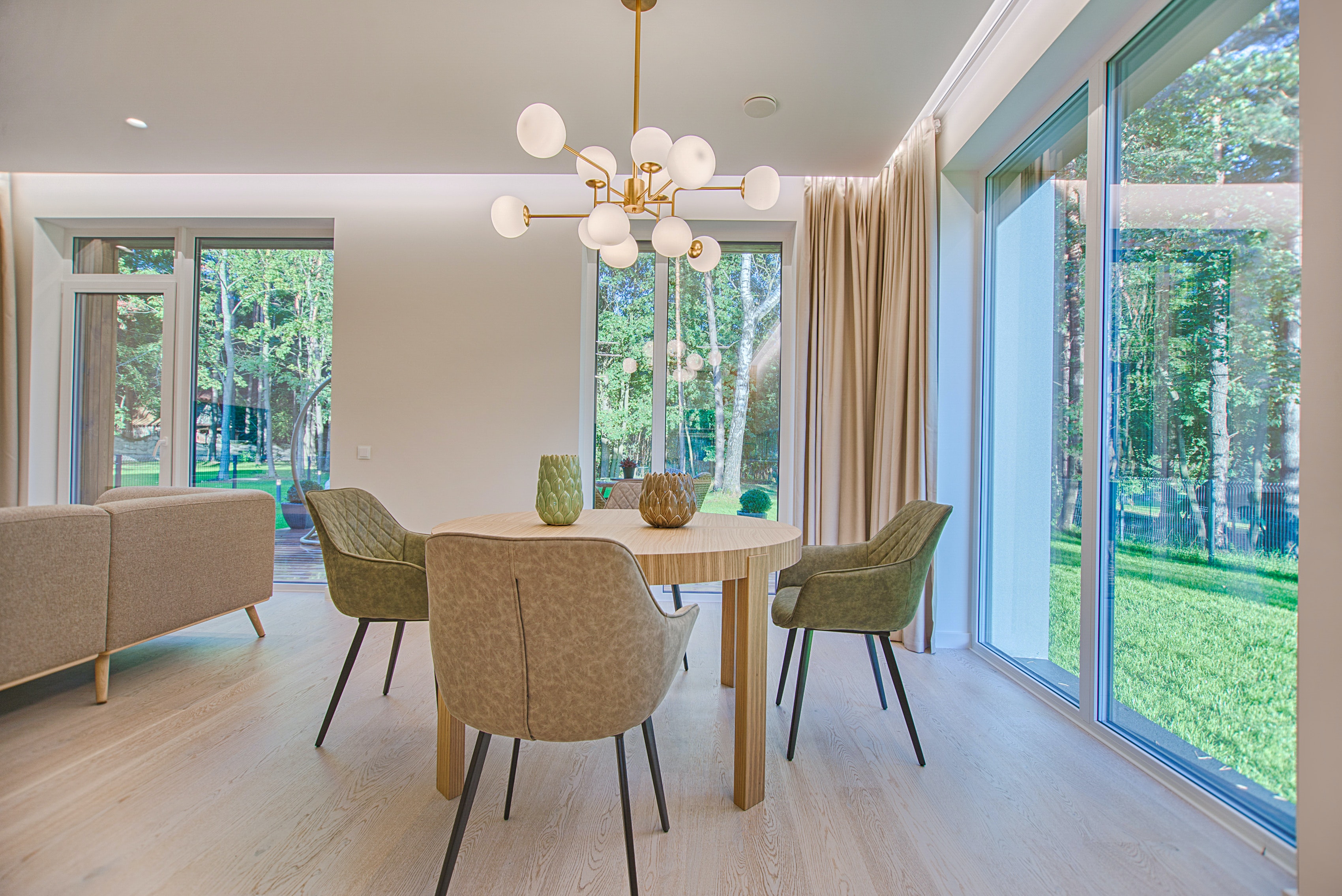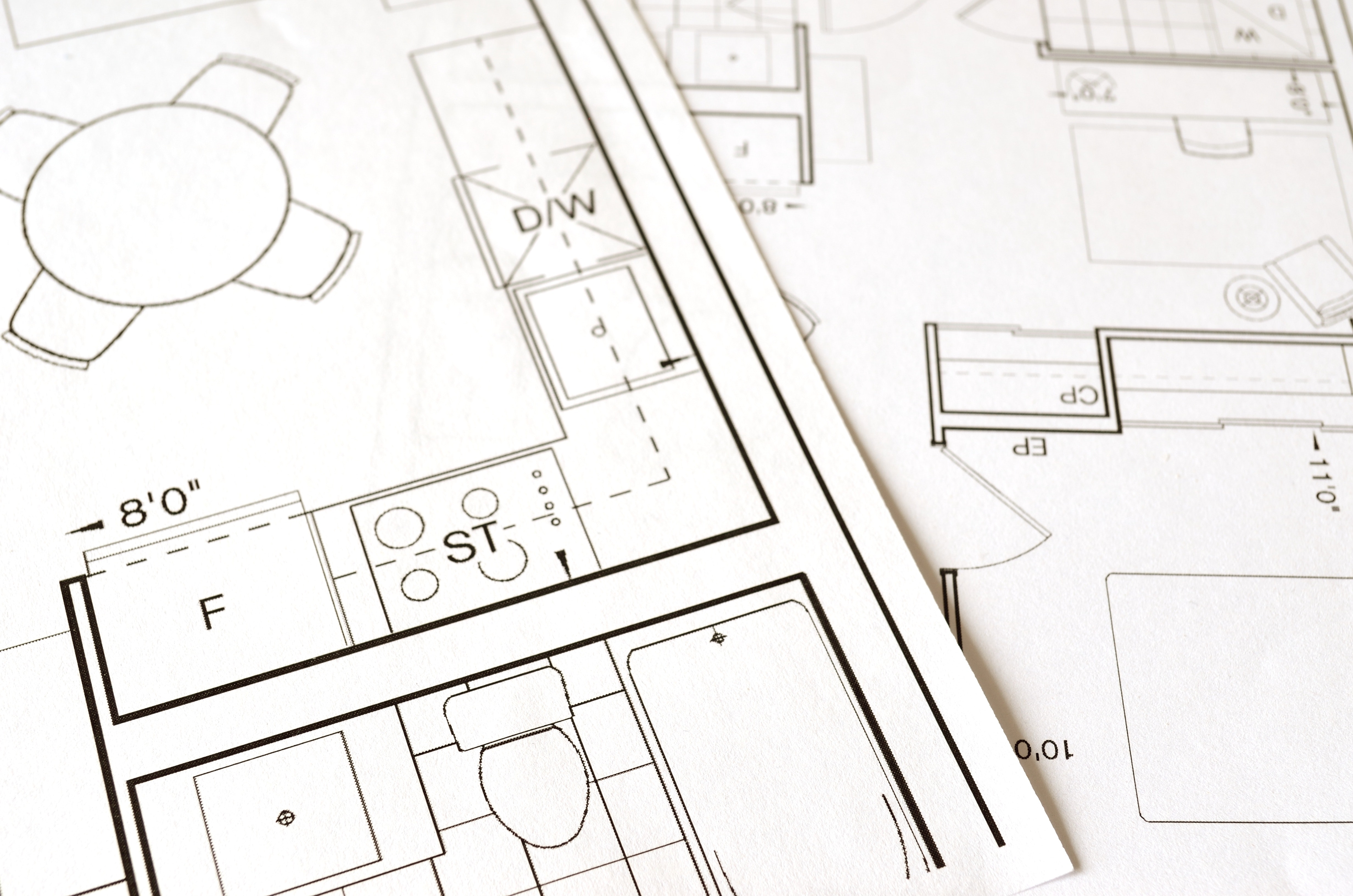5 Tips for a Healthy Work-Life Balance

by Chasity Rodriguez
It’s the New Year, but you’re probably back to your same old work from home schedule—taking calls from your couch, working late hours, and even checking emails on the weekends. In the midst of this ongoing pandemic, our work life has merged with our personal life so that there’s little separation between the two. “Many employers are piling greater responsibilities on their staff and promoting a culture of open communication outside of traditional work hours. Due to fear of losing their jobs, many individuals working from home feel obligated to meet these demands,” says Jeffrey Ditzell, D.O., a psychiatrist based in New York City. When work and life are under the same roof, it can be difficult to keep them balanced.
As hard as it may be in these times, maintaining a healthy balance between your work and your personal life is essential for your mental and physical health. People who have blurred, or nonresistant, boundaries between their work and personal lives tend to have higher levels of stress and feel more distressed over time. Eventually developing all of the health issues that come along with it, but the good news is you can prevent this imbalance and all of the negative impacts of it by drawing a fine line between your personal and professional life.
“Setting firm boundaries is crucial for a strong work-life balance,” says Regine Muradian, Psy.D., a clinical psychologist based in Los Angeles. Learning how to establish boundaries will set you on the route to keep your work-related activities in control and prioritize more time for yourself, even when the pandemic is over. Here are five Tips for a Healthy Work-Life Balance that will help you build great WFH habits.
Establish set schedules for work
Designate when you will start and end the workday. When you set these times in stone (as best as you can), avoid checking your work email or accounts outside of your allotted work hours. Use technology to your advantage by using the various apps and digital reminders that make it more difficult for you to break your own rules and access things outside of work time. Although technology can feel like it’s taking over our lives and infringing on our work-life balance, we can actually use it to our benefit in helping us stick to the boundaries we know are healthy for us. This can mean setting time limits, turning off your active status, or even activating an auto-reply to let others know you’re not available outside your work hours.
Schedule time for mindfulness and movement
An imbalance between your work and personal life can be emotionally draining and cause burnout. Ensure you’re getting enough time each day to decompress and rest, which is necessary for your health and well-being. Make a habit to incorporate at least 10 minutes of mindfulness or yoga in your day. Prioritizing this time will help you check in with yourself in regards to how you’re feeling. To boost your mood and start the day with an energy boost, incorporate physical activity in your routine too. Pick any workout you enjoy and perform it regularly. This will enhance your mood and improve your experience of your day. Whether it is the first thing in the morning, during lunchtime, or before bed, creating time and space for consistent exercise and mindfulness will help you feel relaxed and rejuvenated.
Spend more time with your loved ones
Set aside time regularly to do the things you love with those you love. Plan special dates that you’ll look forward to and don’t overlap with your work hours. This may include attending an online workout class, having a Zoom happy hour with friends, taking a walk with your partner, or anything else you want to make sure you fit into your day or week. You can also invest in more family time by checking in with your loved ones virtually and attending events, like birthdays and anniversaries. If you have any family events that may occur on a consistent basis, build your work schedule around those events instead of building those events around your work schedule, if possible.
Develop a new hobby to fuel your personal interests
The COVID-19 pandemic is the perfect time to reflect on your interests and adopt a new hobby that you love. If you’re WFH, you’re probably saving a lot of time and money on commuting, so why not put it toward a new activity or skill? Maybe it’s joining that 8 a.m. running club in your neighborhood, or growing flowers in your home garden, or perhaps learning a new language. Think about something that feels good to you and will help you decompress. This may be a good time to avoid the news, social media and just do something for yourself. Finding purpose in a hobby will not only spark your inner creativity but also uplift and motivate you.
Use your vacation days
While there may not be much to do on a vacation during a pandemic, you still need that time off for your mental health and well-being. Do something that comforts you—maybe it’s taking a staycation and doing a movie marathon or spending a week in your favorite city. During your vacation, make sure to mute all work-related emails and accounts, if possible, and just focus on having fun. Additionally, throughout the year, don’t be too hard on yourself—take breaks every so often for that much-needed “me time.” Reflect and evaluate when you need time off from work, which will shift you closer to the type of balance you are striving for. It is a process for most people, so reviewing and tweaking your schedule, habits, and boundaries regularly is important.
By Chasity Rodriguez
Social Media Director

 Facebook
Facebook
 Twitter
Twitter
 Pinterest
Pinterest
 Copy Link
Copy Link


